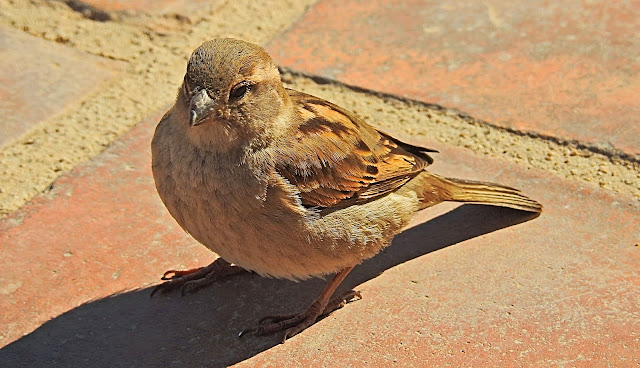You can find House Sparrows most places where there are houses (or other buildings), and few places where there aren’t. Along with two other introduced species, the European Starling and the Rock Pigeon, these are some of our most common birds. Their constant presence outside our doors makes them easy to overlook, and their tendency to displace native birds from nest boxes causes some people to resent them. But House Sparrows, with their capacity to live so intimately with us, are just beneficiaries of our own success.
Sparrows usually fly at the speed of 24 miles per hour. When needed (in the case of danger), they can accelerate to the speed of 31 miles per hour. Sparrow is a symbol of loyalty in Japan owing to its friendly nature and ability to live in groups. Sparrows can survive between 4 and 5 years in the wild.
Once one of Britain’s commonest birds, numbers have crashed in recent years. London lost three-quarters of its sparrows between 1994 and 2000.
In some urban areas the population has fallen by 99%.
The cause of the sudden decline remains a mystery, though many improbable theories have been put forward, ranging from unleaded petrol to the use of mobile phones.
When sparrows were at their most numerous a century ago, there were many sparrow clubs whose members competed to kill the most birds in a year.
Though a long-established resident of Britain, it’s not thought to be a native, but spread naturally north from North Africa.
Man has always had a love-hate relationship with the cheeky sparrow. They have been introduced successfully to numerous countries around the world, including both North and South America, East and South Africa, Australia and New Zealand.

